RedMart vs HappyFresh: Southeast Asia’s grocery war on the horizon
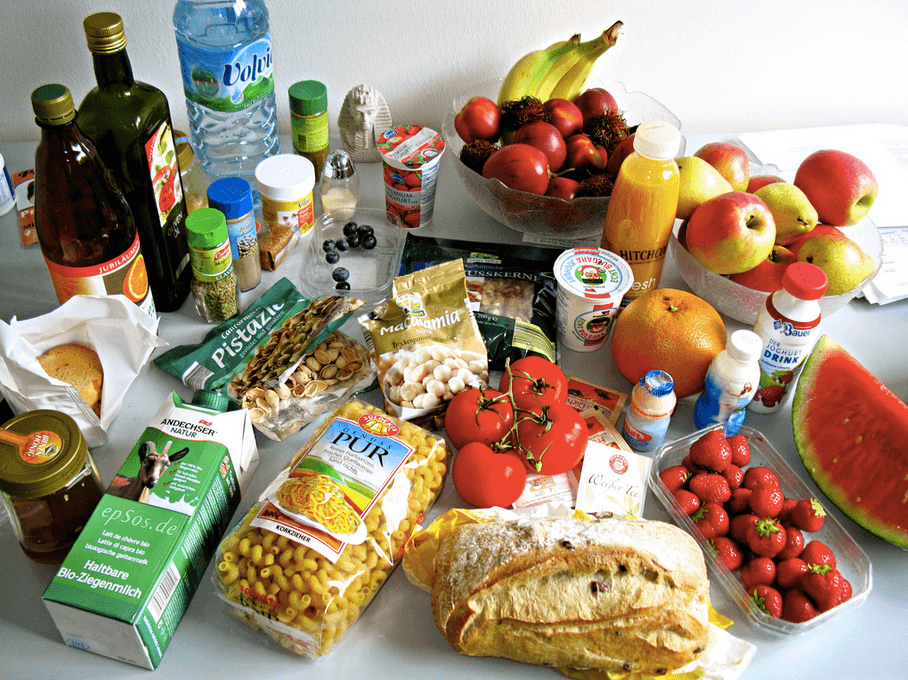
Remember last week when Jakarta-based HappyFresh grabbed a US$12 million series A funding round led by Vertex Ventures and SMDV? It was one of the biggest early-stage investments in Indonesia, and a precursor to the fierce online grocery feud that’s on the horizon in Southeast Asia.
Singaporeans are undoubtedly familiar with the name RedMart. Last month the online grocery delivery powerhouse grabbed US$26.7 million to gear up for regional expansion.
Until now, RedMart and HappyFresh have not stepped on each other’s toes. HappyFresh currently operates in Jakarta, Kuala Lumpur, and Bangkok, with plans for Taipei and Manila rollouts soon. For the most part, RedMart has been holed up in Singapore. But the firm’s co-founder and CEO Roger Egan tells Tech in Asia RedMart has now entered Hong Kong, and is currently hatching plans for Indonesia, the largest and most important market in Southeast Asia. Once that happens, RedMart and HappyFresh will undoubtedly be in a knife fight, not just against one another, but also against local contenders like Go-Jek and Sukamart.
Apart from the US$12 million HappyFresh just bagged, it’s unclear how much money the firm actually has in its coffers. Its seed round was undisclosed (as were its initial investors), yet local experts speculate the round was “large and in charge.” RedMart, on the other hand, has raised nearly US$60 million in total.
Supermarkets vs warehouses
Grocery ecommerce is one of the most capital-intensive spaces in the tech game. Aside from the amount of cash these two firms have on hand, they also have several fundamental differences in their business models. RedMart calls itself a “pure play online,” which means the company operates only in the virtual world. It has no storefronts. All its groceries are picked and sourced from in-house fulfillment centers, then delivered via RedMart’s own fleet of vehicles.
“I can say that we are the largest online grocery store in Singapore,” says Roger. “RedMart has a 100,000-square foot warehouse with 75 delivery vehicles and about 550 employees. We’ve been growing between 12 and 15 percent month-on-month since October 2011, but last month we actually grew 20 percent.”
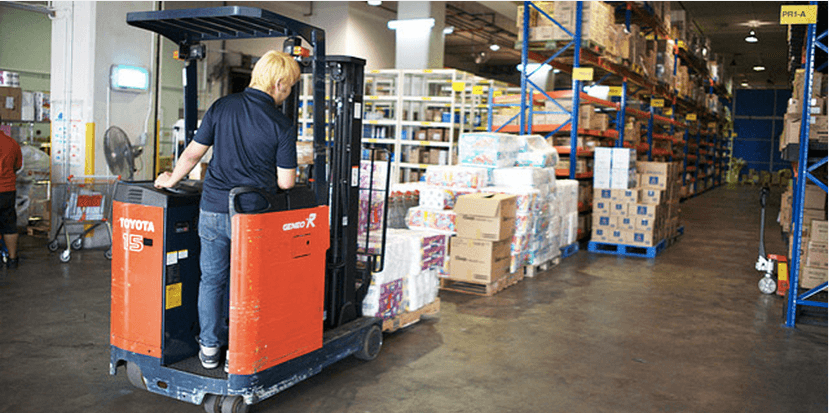
RedMart fulfillment center
See: Food fight: New challengers spice up Singapore’s online grocery warHappyFresh, on the other hand, more closely resembles US-based Instacart in its business model. The firm doesn’t have its own warehouses or fulfillment centers. Instead, it employs private grocery pickers to lurk in the shadows at supermarkets and select groceries off the shelf and then deliver to customers who place orders online. In recent years, investors have been gung ho on this model because of the seemingly streamlined cost structure.
However, Roger says companies like HappyFresh, Instacart, and Singapore’s Honestbee will ultimately have trouble scaling due to expenses and overall inefficiencies in their DNA. From a cost perspective, running a pure ecommerce firm with fulfillment centers instead of a lean marketplace seems counterintuitive, but Roger makes a compelling case.
Asset light vs quality control
“A lot of people call the Instacart and HappyFresh model ‘asset light.’ They can leverage the infrastructure of the stores and grow quickly,” Roger says. “But what you’ve got to remember is that the cost structure of using retail grocery stores is higher than ours and that will ultimately end up in higher prices for the customer. When you add Instacart costs plus the brick-and-mortar store costs, it becomes a higher overall cost structure.”
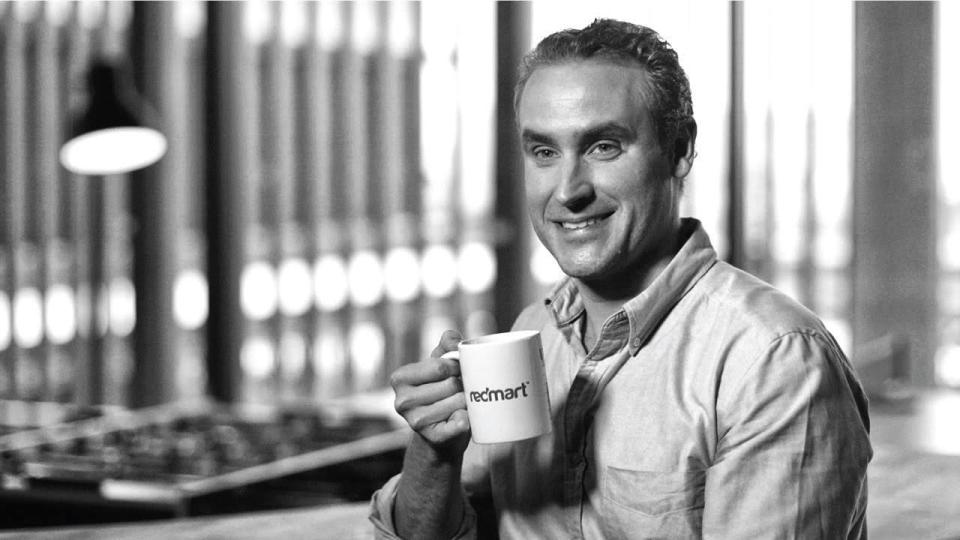
RedMart co-founder and CEO Roger Egan
HappyFresh’s COO Benjamin Koellmann believes otherwise. “We believe in the asset light, marketplace model since it is much more capital efficient and faster to scale up. If you build up your own supply chain, you compete head-on with all the existing retailers,” he argues.
But without grocery stores as middlemen, Roger says RedMart is able to make its logistics lightning fast, and can execute deliveries from warehouse to doorstep in a couple hours or less. HappyFresh makes this claim, too. But a big part of what makes RedMart’s operation ace, Roger says, is a practice called cross docking. For those who are less familiar with logistics lingo, cross docking is basically just unloading goods from an inbound vehicle and loading them directly into outbound vehicles with little or no storage time in between. Roger claims this also lets RedMart combine material from different origins and put them into trucks headed for the same or similar destinations. When it comes to cross docking, speed is the name of the game.
It’s clear that RedMart takes logistics and fulfillment seriously, and Roger believes it is the company’s key strength over all other comers. “We believe a hybrid model — one that has centralized fulfillment with distributed cross docks — gives us more control over the customer experience, which in the end, allows us to create a better customer experience.”
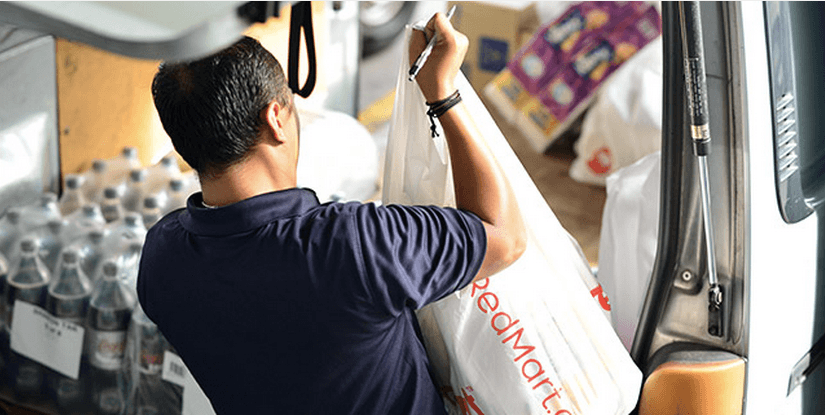
See: Line gets into groceries with launch of online supermarket for Southeast Asia
Hyperlocal vs super centralized
In the past, Koellmann told Tech in Asia he welcomes competitors. He said, “Competition, if you even want to call it that, in an early-stage market like online groceries in Southeast Asia will mostly help to change consumer behavior faster and grow the market overall, rather than redistribute market share or hurt existing players as it would in a more mature market.” HappyFresh’s in-store shoppers try not to disturb the experience for offline buyers. The staff makes sure to stay off to the side and well out of the way, Benjamin says.
“Each of [our partner] stores often handles thousands of transactions per day,” explains Benjamin. “We are already adding significant volumes to many […] and so far, they have been very responsive […] they will continue to adapt as more and more of their business shifts online, and they will be able to scale alongside us.”
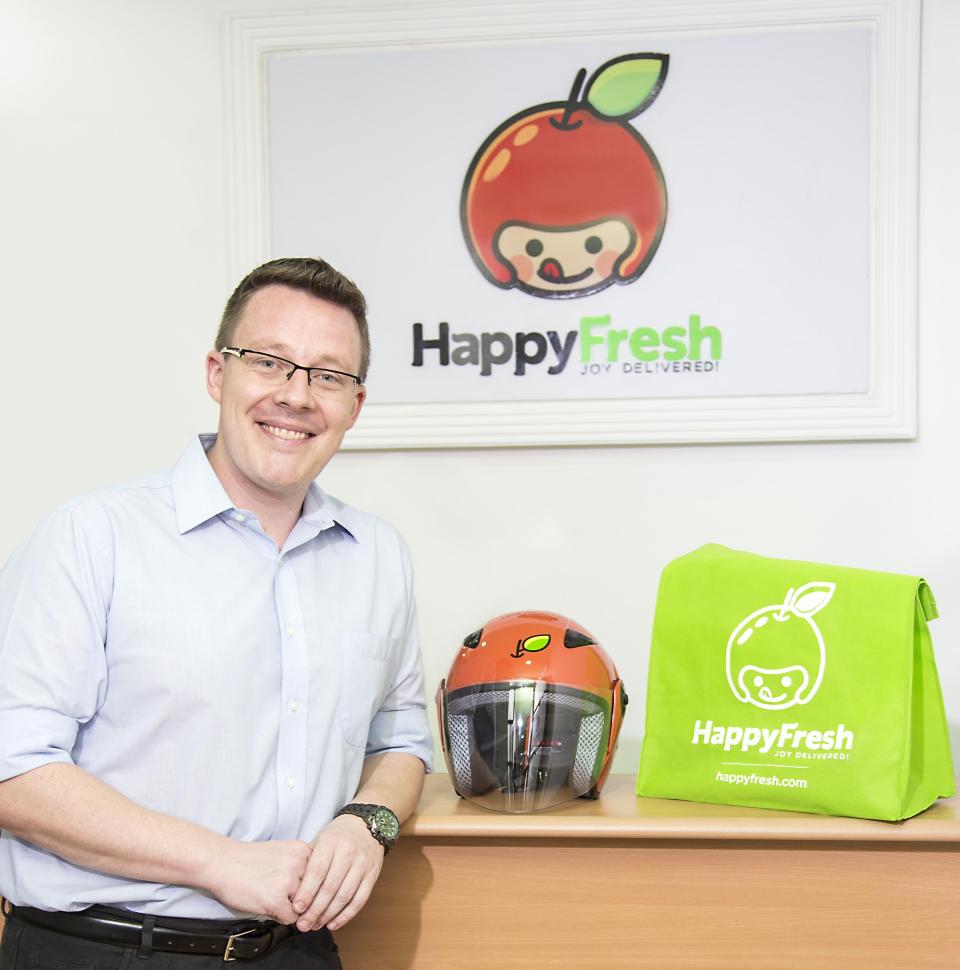
Benjamin Koellmann, co-founder and COO of HappyFresh
Roger says businesses like HappyFresh and Instacart are sure to run into growth problems when the volume and frequency of their orders reach critical mass, making in-store restocking an hourly activity. In outlining why RedMart has the clear advantage, Roger touches briefly on elements like price control, RedMart’s own private label strategy, and a “robust quality control” department.
Going wide vs going deep
Roger says, “Grocery stores are not optimized for simultaneous picking and replenishment […] Once penetration goes up, as it did in the UK with Tesco, no amount of product substitutions will solve the problem […] Because we control the inventory, we can deliver exactly what people order.”
But Benjamin and Markus aren’t worried. Benjamin says RedMart’s model is in fact limited in terms of assortment. When it comes to delivering fresh and frozen items, he argues things become much more challenging and complex when you’re getting them from a warehouse.
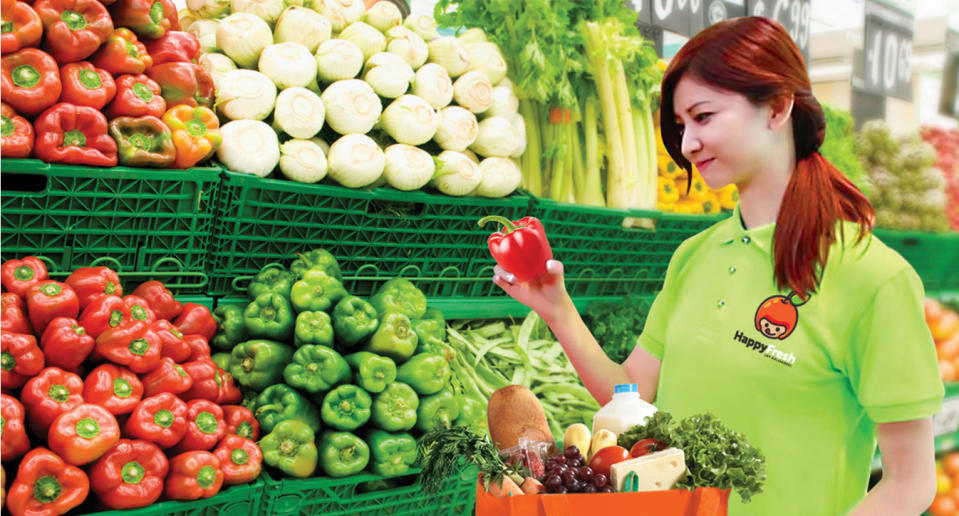
See: Honestbee spices up Singapore’s online grocery war
He adds, “Another part of this is of course the hyperlocal aspect of our operations. No matter how many thousands of orders we get, they are always spread across hundred of stores within a large metropolitan area.” In that sense, Markus and Benjamin says HappyFresh will never run out of stock.
When asked whether it’s HappyFresh’s strategy to start with the asset light, marketplace model, then one day build a fulfillment center of its own, Benjamin answers in the negative. He says there are no such considerations at the moment. He adds, “We are the supermarket’s best friend, and a fast, low-risk way to provide their customers with a high-quality online offering. We can also provide our customers with all of their favorite products, as our assortment is essentially unlimited.”
Roger comes back and says grocery logistics and fulfillment is not a problem that’s easily solved. He believes entrepreneurs and investors who are unfamiliar with the space often underestimate it. He warns, “It is extremely difficult to do grocery fulfillment. It’s taken us four years to perfect it.”
Who do you think can dominate grocery delivery in Southeast Asia? Please give us your input in the comments below.
This post RedMart vs HappyFresh: Southeast Asia’s grocery war on the horizon appeared first on Tech in Asia.

 Yahoo Finance
Yahoo Finance 
